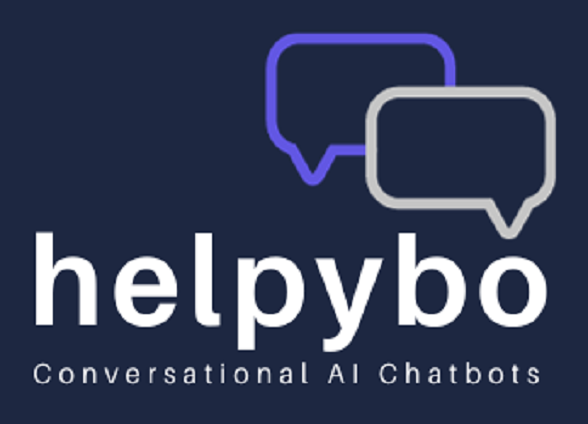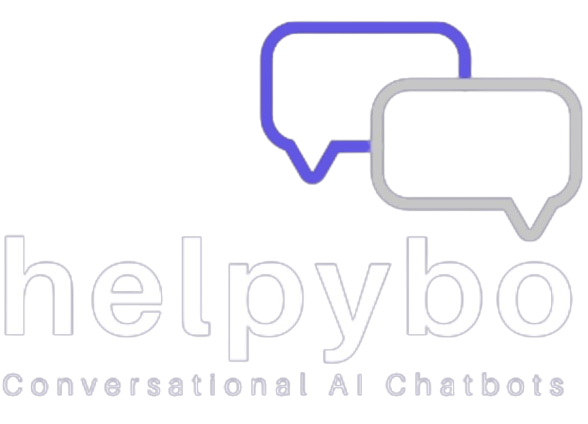How to Measure Chatbot ROI: A Data-Driven Approach

Chatbots have become essential in the digital terrain of today for improving consumer interactions, simplifying processes, and promoting company expansion. Still, companies have to precisely evaluate their effects if they are to be effective. Calculating Chatbot ROI (Return on Investment) helps companies decide the value chatbots offer and how they support general company success. This blog will guide you through data-driven methods to measure chatbot ROI effectively, the best KPIs for chatbot performance analysis, and ways to improve chatbot ROI in business.
Understanding Chatbot ROI
What is Chatbot ROI?
The quantifiable value that companies experience when using chatbots is known as their ROI. It takes into account operational as well as financial advantages like customer happiness, cost reductions, and more income producing possibilities.
Common Misconceptions About Chatbot Performance and ROI
- Chatbots replace human agents entirely – Though they improve productivity, chatbots complement rather than replace human agents.
- High engagement equals high ROI – Engagement by itself does not define chatbot performance; customer satisfaction and conversion rates equally are important.
- ROI is only about cost savings – Beyond only cost savings, chatbot business benefit include better customer experiences, lead generation, and operational effectiveness.
Key Metrics for Measuring Chatbot ROI
To measure chatbot performance, businesses should track relevant key performance indicators (KPIs):
- Customer Engagement Rate – Tracks users’ interactions with the chatbot and if they finish their searches.
- Lead Generation and Conversion Rate – Counts the number of encounters resulting in possible clients and finished sales.
- Cost Savings in Customer Service – Examines how automated chatbots help human-led customer care to cut costs and workload.
- Measuring customer satisfaction in chatbot interactions – Uses polls, ratings, and reviews to gauge consumer attitude.
- Retention and Re-engagement Statistics – Counts the number of people who come back to chatbot interaction following their first one.
- Chatbot Efficiency Impact on ROI – Evaluates chatbot responses’ speed and accuracy as well as their part in properly addressing consumer questions.

Data-Driven Approach to Measuring ROI
To ensure accurate results, businesses must adopt a systematic, data-driven method on how to calculate chatbot ROI effectively:
Collecting Relevant Data
Businesses should gather chatbot interaction data, including:
- Number of conversations handled.
- Customer feedback and sentiment analysis.
- Chatbot handoff rates to human agents.
- Average resolution time for queries.
Using Analytics Platforms for Evaluation
Several tools help track chatbot performance, including:
- Google Analytics – Measures chatbot-driven traffic and conversions.
- Chatbase – Provides insights on chatbot interactions and user behavior.
- Dashbot – Tracks user engagement and conversation quality.
Interpreting Data for Actionable Insights
- Find trends in user interactions and improve chatbot responses.
- Assess areas where and how chatbot efficiency impacts ROI the most.
- Examine client drop-off points and enhance dialogue flows in line with them.
Tools for Measuring Chatbot ROI
Companies can use several instruments to monitor chatbot statistics and improve performance:
Tool | Features | Pros & Cons |
Google Analytics | Tracks chatbot-driven traffic and conversions | Pro: Free; Con: Limited chatbot-specific metrics |
Chatbase | Provides insights on chatbot interactions and user behavior | Pro: AI-powered; Con: Requires setup |
Dashbot | Monitors engagement and conversation quality | Pro: Advanced tracking; Con: Can be costly |
BotAnalytics | Measures customer sentiment and drop-off points | Pro: User-friendly; Con: Requires integration |
Challenges in Measuring Chatbot ROI
Although monitoring chatbot return on investment is important, companies sometimes run against difficulties:
- Lack of clear objectives – Measuring progress gets challenging without well stated objectives.
- Inconsistent data collection – Poor data tracking leads to inaccurate assessments.
- Misinterpreting chatbot analytics – Companies could find it difficult to tell engagement from real business value.
Overcoming These Challenges
- Establish precise, quantifiable targets consistent with company goals.
- Track chatbot contacts consistently with automation tools.
- Conduct a cost-benefit analysis for chatbot implementation to ensure a realistic evaluation.

Case Studies: Successful Chatbot ROI Optimization
Case Study 1: E-commerce Chatbot Increasing Conversions
One top internet shop included a chatbot for consumer questions and product recommendations. Examining chatbot analytics and improving responses helped the organization see:
- A 25% increase in conversion rates.
- A 40% reduction in customer service costs.
Case Study 2: Financial Chatbot Improving Customer Satisfaction
For banking help, a fintech startup applied AI-driven chatbots. By means of customer satisfaction studies, they found user pain spots and enhanced chatbot scripts, therefore addressing:
- A 30% boost in customer satisfaction scores.
- A 50% decrease in support ticket volume.
Tips to Improve Chatbot ROI
To maximize chatbot business value, organizations should:
- Optimize chatbot scripts – Ensure clear, concise, and engaging responses.
- Train chatbots with AI – Enhance chatbot learning for better accuracy and efficiency.
- Regularly update chatbot databases – Keep chatbot responses relevant and up-to-date.
- Using analytics to optimize chatbot performance – Utilizing data-driven insights to refine chatbot interactions.
Conclusion
Measuring ROI in Conversational AI is essential for businesses to assess performance, justify investments, and drive improvements. Data-driven approaches let companies monitor important indicators, improve chatbot performance, and maximize return on investment. Following highest standards in chatbot analytics guarantees improved client experiences and steady development. A more successful and profitable chatbot strategy will finally result from investing in the correct technologies and improving chatbot interactions.

